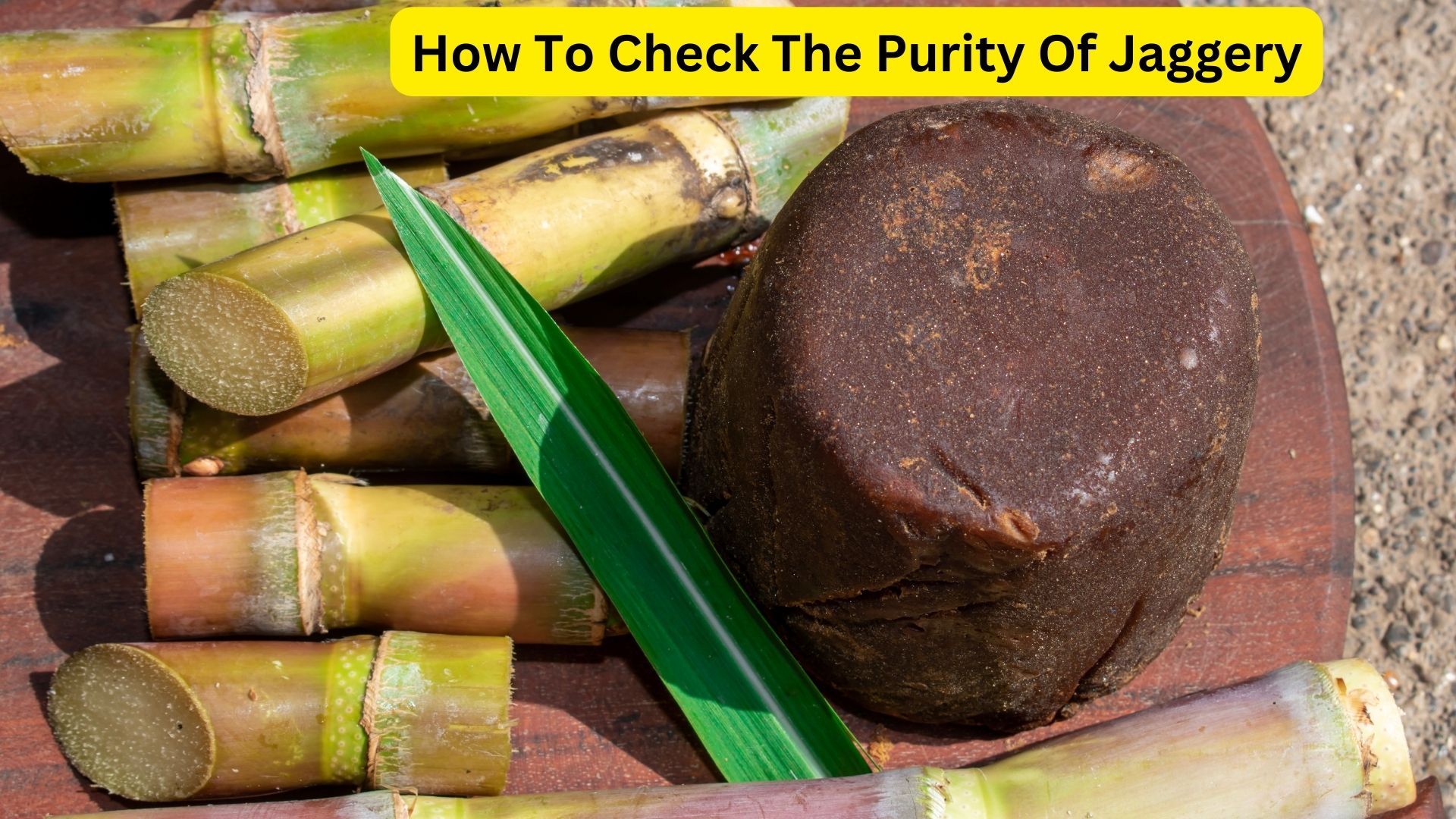
As winter approaches, it’s the perfect time to indulge in homemade sweet treats made with jaggery. Jaggery has long been a staple in Indian cuisine, particularly cherished in winter desserts as a natural and healthier alternative to refined sugar. However, ensuring that the jaggery you use is pure is crucial for both taste and health. This guide will help you identify common adulterants found in jaggery and provide tips on how to detect them at home.
The Importance of Jaggery in Winter
In India, winter desserts are incomplete without the inclusion of jaggery. This traditional sweetener is usually prepared non-commercially, which can sometimes lead to contamination with insects, pathogens, and adulterants. Understanding how to test the purity of jaggery can help ensure you enjoy its natural benefits.
Common Adulterants in Jaggery
- Sugars: Adulteration with cane sugar is prevalent. Authentic jaggery has a unique taste, so if it tastes excessively sweet or lacks the typical molasses flavor, it may be adulterated.
- Starch: Some jaggery is mixed with starch. To test for this, dissolve a small piece of jaggery in water. If it leaves a residue, starch might have been added.
- Mineral Oil: Mineral oil is sometimes added to give jaggery a smooth texture and shine, but it compromises quality. To check for this, rub a small piece of jaggery between your fingers. If it feels oily or leaves a greasy residue, it likely contains mineral oil.
- Artificial Colors: Pure jaggery is naturally dark brown. If the color appears unusually vibrant, it may contain artificial coloring.
- Chemical Additives: Genuine jaggery has a sweet, earthy smell. If you detect any chemical or off-putting odors, the jaggery might be adulterated.
- Impurities: Authentic jaggery might have small particles or fibrous matter from sugarcane. Excessive impurities or unexpected particles could indicate contamination.
Methods to Test Jaggery Purity at Home
- Consistency: Pure jaggery has a uniform texture. If it feels too hard or too soft, it may be mixed with substances like rock salt or gypsum.
- Dissolvability: Authentic jaggery dissolves easily in water, leaving minimal residue. If it leaves behind a gritty or sandy residue, it might contain impurities.
- Smell: Real jaggery has a distinct, sweet, and earthy aroma. It shouldn’t have any unpleasant or chemical smells. If it smells different or pungent, it may not be pure.
- Taste: True jaggery has a rich, molasses-like flavor. It shouldn’t taste overly sweet or have a metallic aftertaste. If it lacks its characteristic taste, it might be impure.
Conclusion
By using these simple methods to test the purity of jaggery at home, you can ensure that your winter delicacies are not only delicious but also healthy and free from harmful adulterants. Enjoy the rich, natural flavors of jaggery this winter season and make the most of your sweet treats with confidence
Also Read
Jaggery Benefits: 5 Delicious Ways to Incorporate Gur into Your Daily Diet
